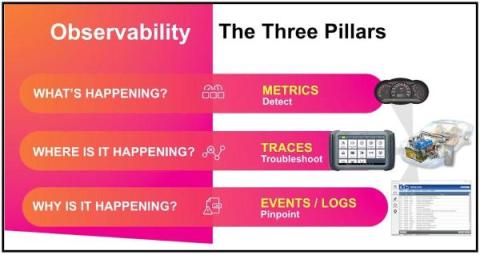Fault Tolerance: What It Is & How To Build It
Fault incidents are inevitable. They occur in any large-scale enterprise IT environment, especially when: In fact, research indicates, more than half (50%) the leaders in tech and business organizations consider the complexity of their data architecture a significant pain point. From an end-user perspective, businesses must overcome complex architecture in order to ensure service delivery and continuity.







